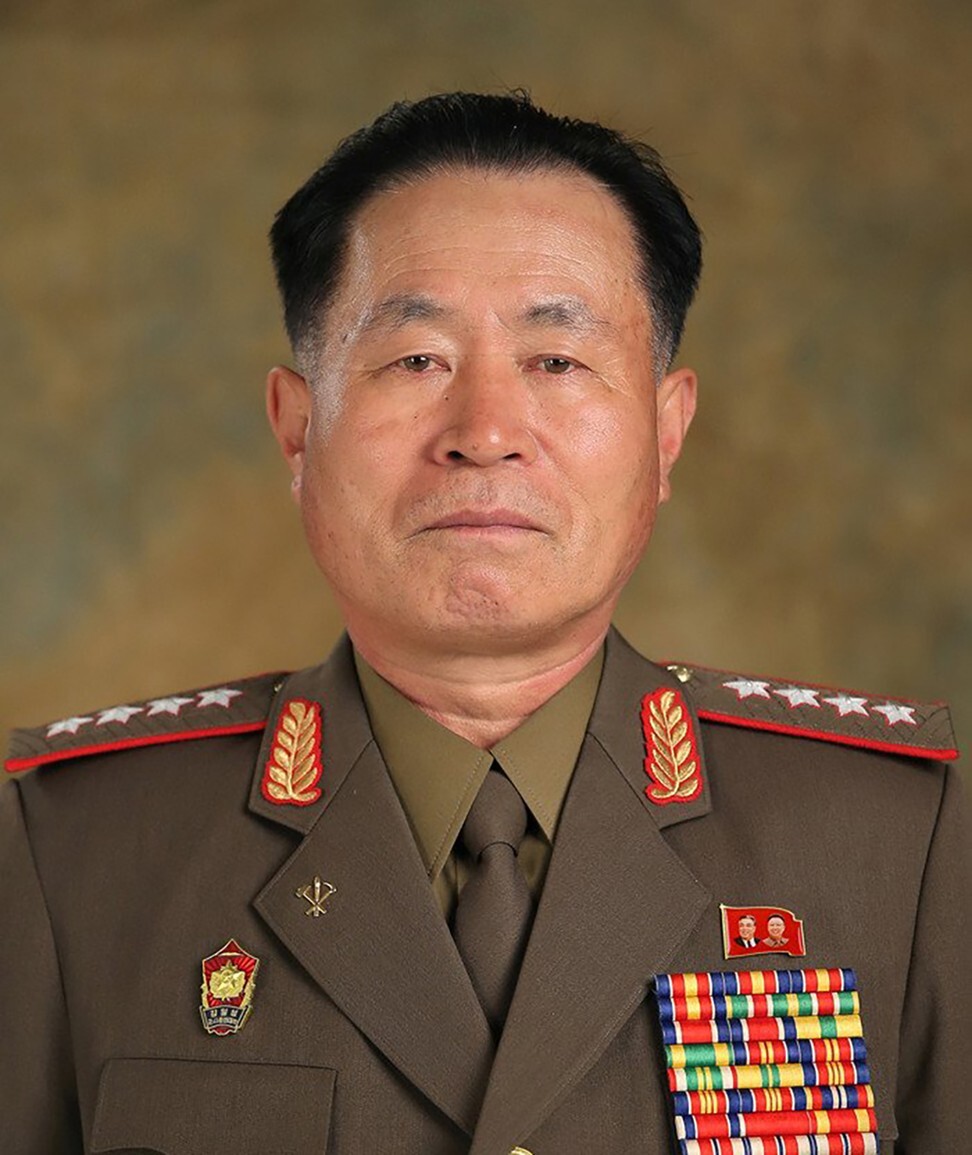
South Korea fires submarine-launched ballistic missile for first time as North prepares military parade
- South Korea has developed increasingly powerful missiles designed to target heavily fortified bunkers and tunnels in North Korea, while also seeking to reduce dependence on US
- Seoul on Monday allocated nearly 1.5 trillion won (US$1.3 billion) for defence technology research and development next year in a budget request submitted to parliament
A new Dosan Ahn Chang-ho submarine carried out the test last week, after similar tests were conducted from a submerged vessel last month, Yonhap reported, citing military sources. The defence ministry declined to comment on the report, citing security reasons.
After further testing, South Korea’s SLBM will be mass-produced for deployment, Yonhap said. The missile is believed to be a variant of the country’s Hyunmoo-2B, with a range of about 500km. The missile, which has reportedly been code-named Hyunmoo 4-4, will be fitted with conventional warheads.
Seoul on Monday allocated nearly 1.5 trillion won (US$1.3 billion) for defence technology research and development next year in a budget request submitted to parliament.
If approved, it would represent a 76 per cent jump in the research budget of the Defence Acquisition Programme Administration, which will be used to “actively develop cutting-edge, future technologies”, a press release said.
South Korea’s successful test coincides with North Korea’s preparations for a military parade, prompting South Korea and the US to intensify surveillance.
North Korea appears to have restarted nuclear reactor, UN atomic watchdog says
“Under close coordination between the South Korea-US intelligence authorities, our military is closely following the North’s preparations for large-scale events such as a military parade in connection with its upcoming internal schedules,” South Korean military spokesman Colonel Kim Jun-rak told reporters on Tuesday.
Two satellite images from August 31 showed hundreds of vehicles parked in the northwest car parks near the Mirim parade grounds in Pyongyang, and thousands of troops in formation near the area that replicates Kim Il-sung Square, according to 38 North, a US website that monitors North Korea.
North Korea has been expected to stage a major military parade on October 10 to mark the 76th anniversary of the ruling Workers’ Party of Korea. However, other analysts said the parade could celebrate the 73rd anniversary of North Korea’s government being established, which would fall on Thursday, September 9.
“The North Koreans are already quite experienced in military parades and they don’t need many days to prepare for one,” said Yang Moo-jin, a professor from the University of North Korean Studies.
Why did North Korea reject 3 million Sinovac vaccine doses?
The North is expected to display its own new SLBMs, among other missiles, Yonhap reported.
During North Korea’s last military parade in January, after the ruling party’s eight-day congress, Kim pledged to expand the country’s nuclear arsenal and develop new strategic weapons.

North Korea has also elevated a highly regarded general to a position in the presidium of the ruling party politburo, state media reported on Tuesday.
Pak Jong-chon, a rising star in the country’s powerful military and a major player in its missile programme, will also serve as secretary of the WPK Central Committee, KCNA news agency reported.
He was elevated to the presidium, one of the most powerful decision-making bodies in North Korea, despite Kim criticising officials for causing a “great crisis” during the coronavirus pandemic, although North Korea has not confirmed any cases of Covid-19.

Pak was involved in North Korea’s short-range missile development, which surged after Kim suspended long-range ballistic missile tests in 2018 after talks with the US. The general appears to have replaced Ri Pyong-chol on the presidium, Yonhap reported.
Additional reporting by Reuters, Agence France-Presse

